
Fortæl dine venner om denne vare:
Kamasutra with Sexual Positions
Vatsyayana
Bestilles fra fjernlager
Kamasutra with Sexual Positions
Vatsyayana
In the beginning, the Lord of Beings created men and women, and in the form of commandments in one hundred thousand chapters laid down rules for regulating their existence with regard to Dharma, [1] Artha, [2] and Kama.[3] Some of these commandments, namely those which treated of Dharma, were separately written by Swayambhu Manu; those that related to Artha were compiled by Brihaspati; and those that referred to Kama were expounded by Nandi, the follower of Mahadeva, in one thousand chapters. Now these 'Kama Sutra' (Aphorisms on Love), written by Nandi in one thousand chapters, were reproduced by Shvetaketu, the son of Uddvalaka, in an abbreviated form in five hundred chapters, and this work was again similarly reproduced in an abridged form, in one hundred and fifty chapters, by Babhravya, an inhabitant of the Punchala (South of Delhi) country. These one hundred and fifty chapters were then put together under seven heads or parts named severally- 1st. Sadharana (general topics). 2nd. Samprayogika (embraces, etc.). 3rd. Kanya Samprayuktaka (union of males and females). 4th. Bharyadhikarika (on one's own wife). 5th. Paradika (on the wives of other people). 6th. Vaisika (on courtesans). 7th. Aupamishadika (on the arts of seduction, tonic medicines, etc.). Man, the period of whose life is one hundred years, should practise Dharma, Artha, and Kama at different times and in such a manner that they may harmonize together and not clash in any way. He should acquire learning in his childhood, in his youth and middle age he should attend to Artha and Kama, and in his old age he should perform Dharma, and thus seek to gain Moksha, i.e., release from further transmigration. Or, on account of the uncertainty of life, he may practise them at times when they are enjoined to be practised. But one thing is to be noted, he should lead the life of a religious student until he finishes his education. Dharma is obedience to the command of the Shastra or Holy Writ of the Hindoos to do certain things, such as the performance of sacrifices, which are not generally done because they do not belong to this world, and produce no visible effect; and not to do other things, such as eating meat, which is often done because it belongs to this world, and has visible effects.
| Medie | Bøger Paperback Bog (Bog med blødt omslag og limet ryg) |
| Udgivet | 18. april 2016 |
| ISBN13 | 9781532810220 |
| Forlag | Createspace Independent Publishing Platf |
| Antal sider | 252 |
| Mål | 152 × 229 × 13 mm · 340 g |
| Sprog | Engelsk |
Mere med Vatsyayana
Andre har også købt
Se alt med Vatsyayana ( f.eks. Paperback Bog , Hardcover bog , Bog , Hæftet bog og Indbundet Bog )





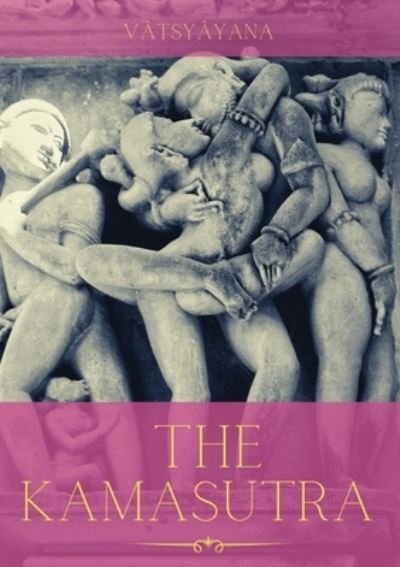



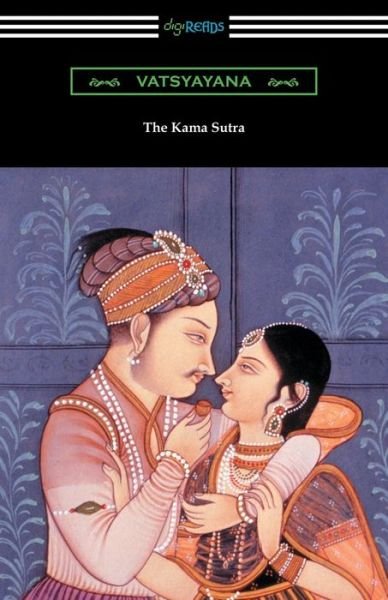


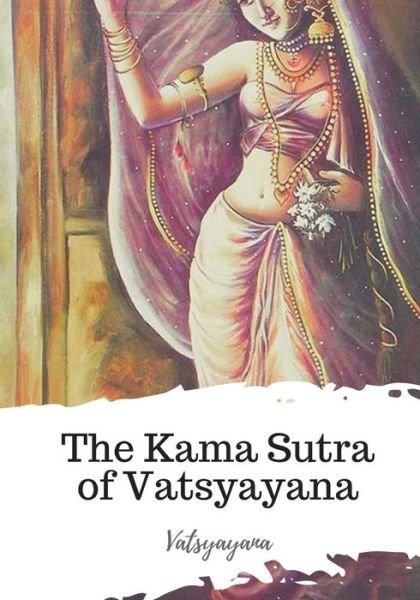






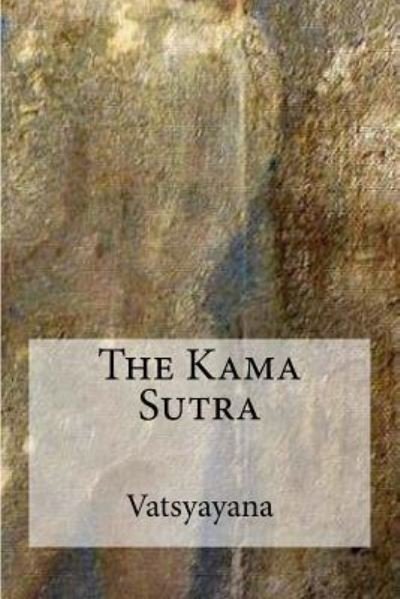

![Cover for Vatsyayana · Kamasutra (Paperback Bog) [English edition] (2016)](https://imusic.b-cdn.net/images/item/original/530/9781537277530.jpg?vatsyayana-2016-kamasutra-paperback-bog&class=scaled&v=1642560335)



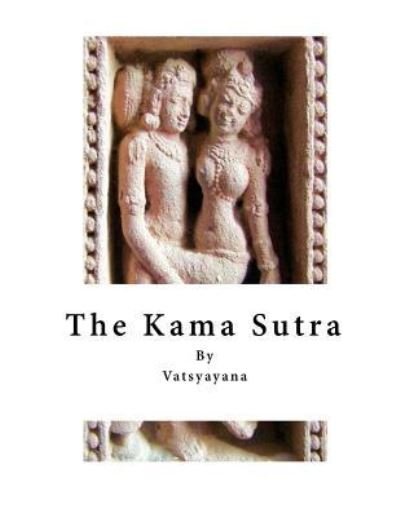
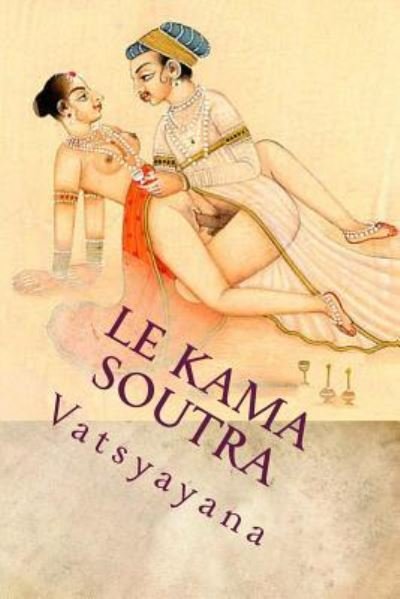



![Cover for Vatsyayana · The Kama Sutra [illustrated] (Paperback Bog) (2015)](https://imusic.b-cdn.net/images/item/original/911/9781517573911.jpg?vatsyayana-2015-the-kama-sutra-illustrated-paperback-bog&class=scaled&v=1448816670)
![Cover for Vatsyayana · The Kama Sutra [illustrated] (Paperback Bog) (2015)](https://imusic.b-cdn.net/images/item/original/829/9781517573829.jpg?vatsyayana-2015-the-kama-sutra-illustrated-paperback-bog&class=scaled&v=1448816670)
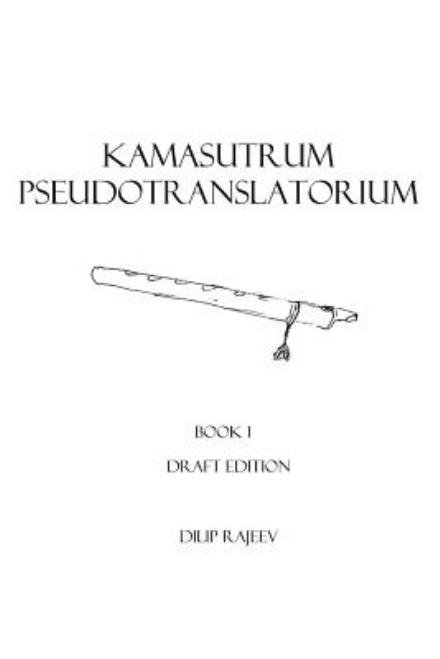





![Cover for Alan Watts · Tao: The Watercourse Way (Paperback Bog) [Main edition] (2019)](https://imusic.b-cdn.net/images/item/original/467/9781788164467.jpg?alan-watts-2019-tao-the-watercourse-way-paperback-bog&class=scaled&v=1563297977)

![Cover for Charles Bronson · Solitary Fitness - The Ultimate Workout From Britain's Most Notorious Prisoner (Paperback Bog) [New edition] (2007)](https://imusic.b-cdn.net/images/item/original/090/9781844543090.jpg?charles-bronson-2007-solitary-fitness-the-ultimate-workout-from-britain-s-most-notorious-prisoner-paperback-bog&class=scaled&v=1393538232)




![Cover for Bruce Lee · Bruce Lee's Fighting Method: The Complete Edition (Hardcover bog) [Revised edition] (2008)](https://imusic.b-cdn.net/images/item/original/705/9780897501705.jpg?bruce-lee-2008-bruce-lee-s-fighting-method-the-complete-edition-hardcover-bog&class=scaled&v=1411973509)

![Cover for Horace Walpole · The Castle of Otranto: A Gothic Story - Oxford World's Classics (Paperback Bog) [3 Revised edition] (2014)](https://imusic.b-cdn.net/images/item/original/447/9780198704447.jpg?horace-walpole-2014-the-castle-of-otranto-a-gothic-story-oxford-world-s-classics-paperback-bog&class=scaled&v=1412829508)

![Cover for Carl G. Jung · The Undiscovered Self (Paperback Bog) [Reissue edition] (2006)](https://imusic.b-cdn.net/images/item/original/325/9780451217325.jpg?carl-g-jung-2006-the-undiscovered-self-paperback-bog&class=scaled&v=1410007672)




![Cover for Robert Greene · The Concise 48 Laws Of Power - The Modern Machiavellian Robert Greene (Paperback Bog) [Main edition] (2002)](https://imusic.b-cdn.net/images/item/original/044/9781861974044.jpg?robert-greene-2002-the-concise-48-laws-of-power-the-modern-machiavellian-robert-greene-paperback-bog&class=scaled&v=1397488743)